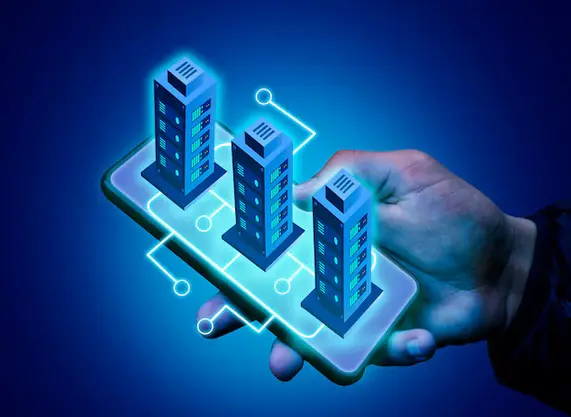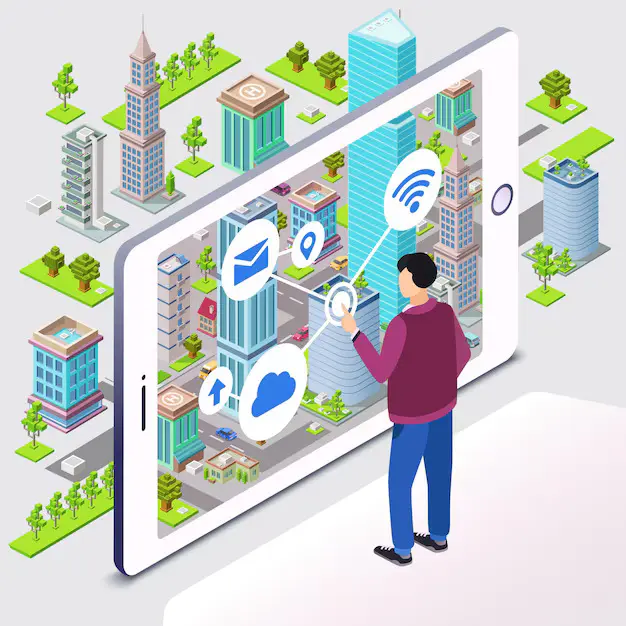
What is Smart Building Management? Everything You Need to Know About That
Industries & Technologies
Smart Building Management (SBM) refers to the use of advanced technologies like IoT (Internet of Things), AI (Artificial Intelligence), and automation to optimize the operation, efficiency, and safety of buildings. It integrates various systems—such as HVAC, lighting, security, and energy management—into a centralized platform for real-time monitoring and control.
Key Components of Smart Building Management:
- IoT Sensors & Devices
- Monitor temperature, humidity, occupancy, air quality, and energy usage.
- Enable predictive maintenance by detecting equipment failures early.
- Building Automation Systems (BAS)
- Automate HVAC, lighting, and ventilation based on occupancy and environmental conditions.
- Reduce energy waste through dynamic adjustments.
- Energy Management Systems (EMS)
- Track and optimize electricity, water, and gas consumption.
- Integrate renewable energy sources like solar panels.
- AI & Machine Learning
- Analyze data to improve efficiency and predict maintenance needs.
- Optimize space utilization in offices and commercial buildings.
- Smart Security & Access Control
- Use facial recognition, biometrics, and mobile access for enhanced security.
- AI-powered surveillance detects anomalies in real time.
- Cloud & Edge Computing
- Centralized data storage and remote management via cloud platforms.
- Edge computing enables faster local processing for critical systems.
- Occupant Experience & Smart Services
- Mobile apps for personalized lighting, temperature, and workspace booking.
- Voice-controlled assistants (e.g., Alexa for Business, Google Assistant).

Benefits of Smart Energy Systems
✔ Higher Efficiency – Reduces energy waste through automation.
✔ Lower Carbon Emissions – Maximizes renewable energy use.
✔ Improved Grid Reliability – Self-healing grids minimize blackouts.
✔ Cost Savings – Dynamic pricing and demand response cut expenses.
✔ Consumer Empowerment – Users actively participate in energy markets.
Challenges
- High initial investment in infrastructure.
- Cybersecurity risks due to increased connectivity.
- Regulatory and policy barriers.
Future Trends
- 5G & IoT enabling faster grid communication.
- Green Hydrogen as a long-term storage solution.
- AI-driven Virtual Power Plants (VPPs) aggregating distributed resources.